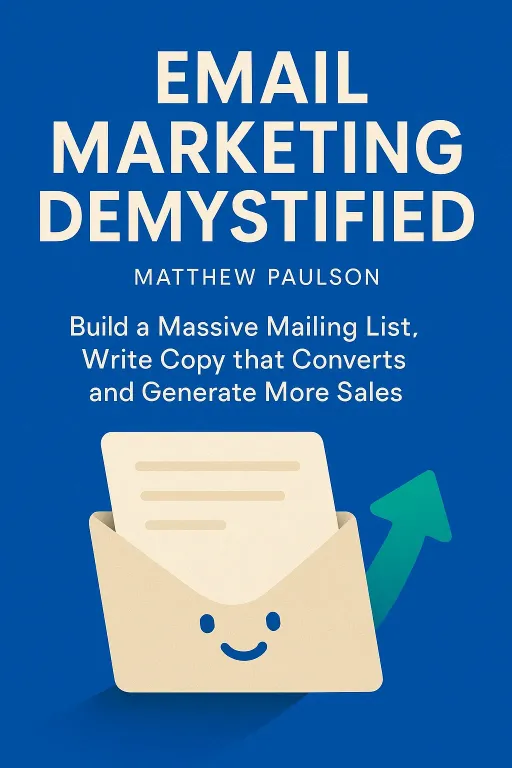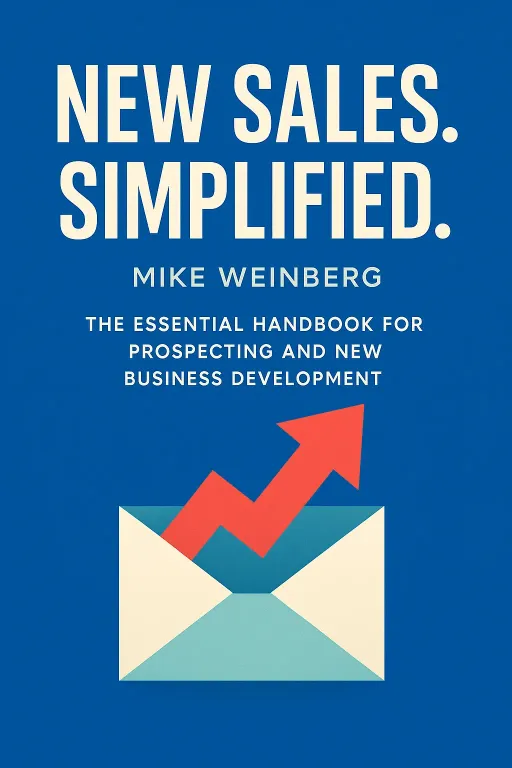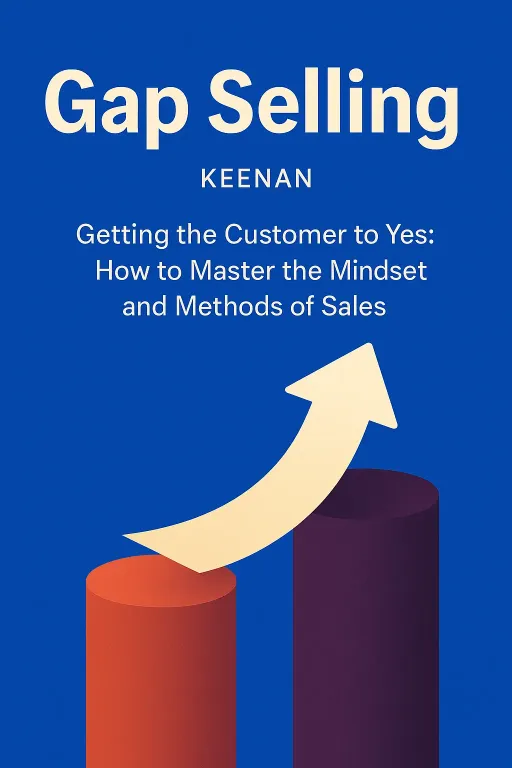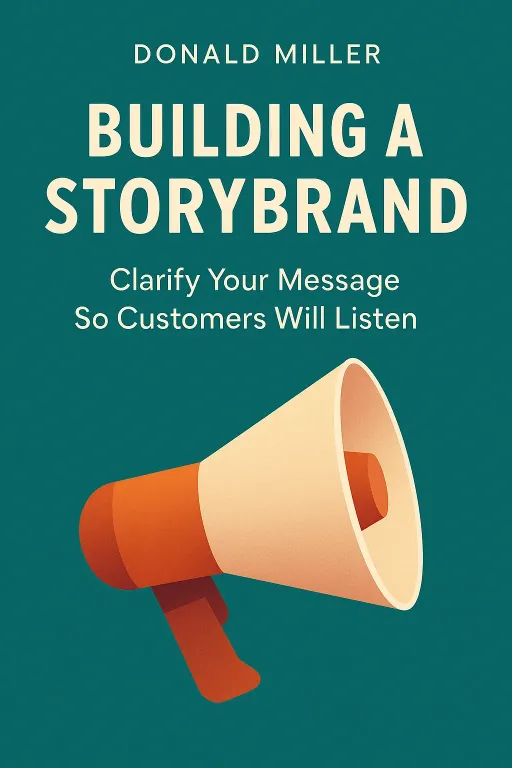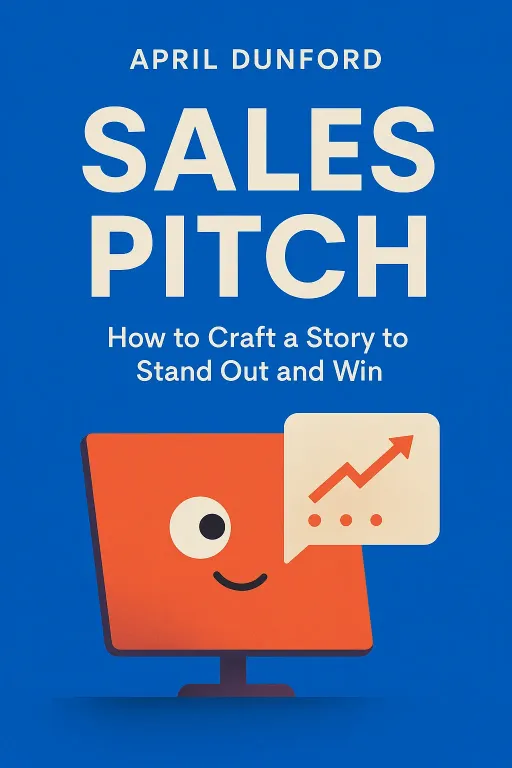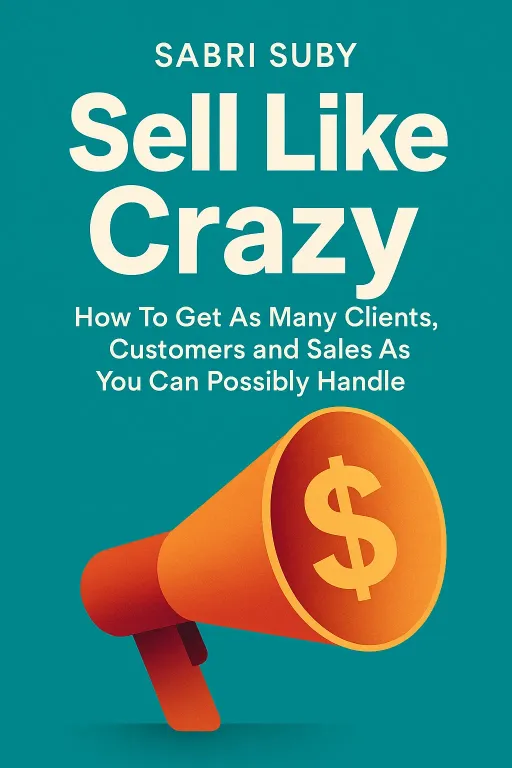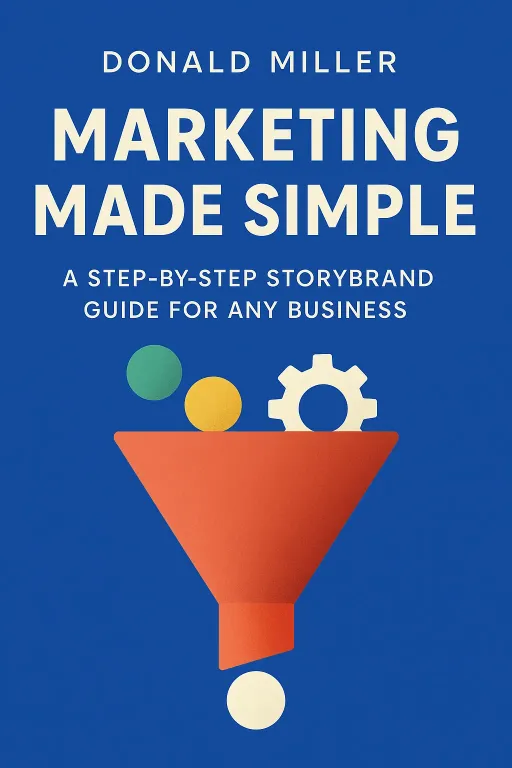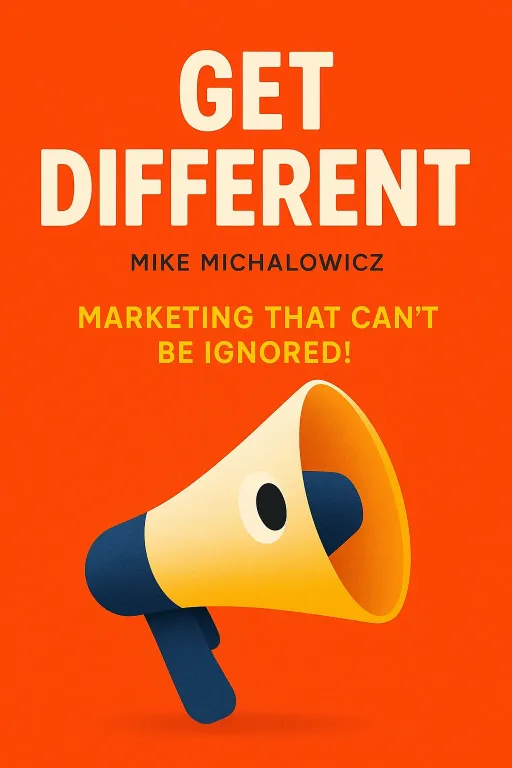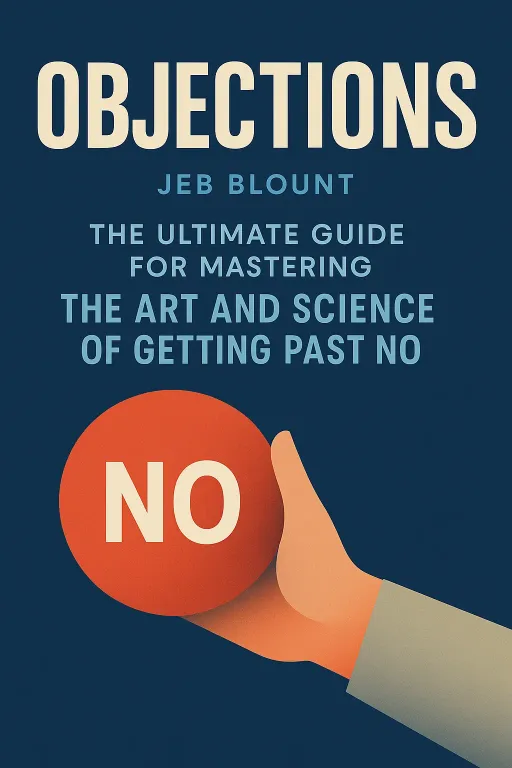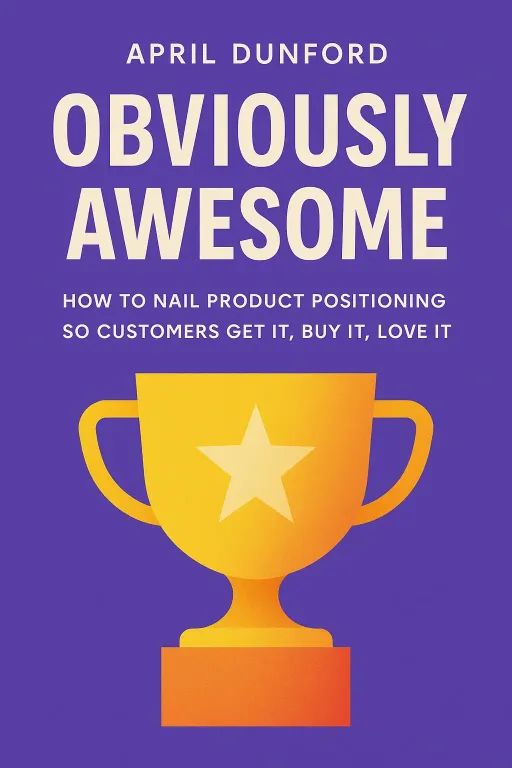
Obviously EdTech: Nailing Your Startup's Positioning from Zero to PMF
11 minGolden Hook & Introduction
SECTION
Dr. Warren Reed: Susan, you're the Head of Growth at a promising AI edtech startup. Imagine this: a world-renowned musician, playing a $3.5 million violin, performs in a busy subway station. After 45 minutes, he makes... thirty-two dollars. This isn't just a sad story; according to April Dunford in her book 'Obviously Awesome,' it's the story of countless brilliant products that fail. They're masterpieces playing in the wrong context.
Susan: That's a terrifying and perfect analogy, Warren. It hits so close to home. So many startups, especially in the AI space, have this incredible, groundbreaking technology, but they position it so poorly that they just become more noise in the 'subway' of the App Store or the crowded school software market.
Dr. Warren Reed: Exactly. And that's the core of what we're digging into today. We're going to unpack Dunford's playbook for startups to escape this very trap. We'll tackle this from two angles. First, we'll explore why the you create for your product is the single most important factor for success. Then, we'll break down a practical, five-part toolkit you can use this afternoon to find your perfect market niche and accelerate your path to Product-Market Fit.
Susan: I'm ready. For anyone in that 0-to-1 phase, this is everything. It's the difference between a rocket ship and a treadmill.
Deep Dive into Core Topic 1: The Context is Everything
SECTION
Dr. Warren Reed: So let's start with that context trap. Dunford argues we fall into it without even realizing. Let's really dig into that story. In 2007, The Washington Post ran an experiment. They took Joshua Bell, one of the most celebrated violinists in the world—a man who sells out concert halls where seats go for hundreds of dollars—and they put him, incognito, in a Washington D. C. subway station during the morning rush hour.
Susan: Dressed like a regular street performer, I assume?
Dr. Warren Reed: Precisely. He played some of the most intricate and beautiful pieces ever written, on a violin worth millions. Over a thousand people walked by. A handful stopped for a moment. A few threw in some change. The final tally after 45 minutes of a world-class performance? $32.17. The masterpiece was the same, but the context was wrong. No one was primed to hear greatness; they were primed to ignore a busker on their way to work.
Susan: And that is the daily reality for so many tech products. We have founders, brilliant engineers, who've built the equivalent of a Stradivarius violin. But they put it on a landing page and describe it as 'an AI-powered solution,' which is the digital equivalent of playing in the subway. It's just another sound in the noise.
Dr. Warren Reed: You've nailed it. Dunford quotes the artist Marina Abramović, who said, "If you bake the bread in the gallery, you’re an artist. So the context makes the difference." Is your product bread, or is it art? The product itself might not change, but the context you put it in changes everything.
Susan: That's so powerful. It makes me think of a simple example from the book that I loved: the cake versus the muffin.
Dr. Warren Reed: Yes, please, expand on that. It's such a great, simple illustration.
Susan: Well, a baker sets out to make the world's greatest chocolate cake. But through experimentation, the final product is this small, single-serving, portable thing. The question is, what is it? If it's a 'cake,' it competes with fancy desserts, it's sold in bakeries, and it's priced by the slice. If it's a 'muffin,' it competes with breakfast pastries, it's sold in coffee shops, and it's priced per unit.
Dr. Warren Reed: The product is identical. The context is everything.
Susan: Exactly. And that's a decision we face daily in edtech. Is our AI reading assistant a 'cake'—a complex curriculum supplement sold to entire school districts with a year-long sales cycle? Or is it a 'muffin'—a simple, powerful tool for parents, sold with a monthly subscription? The core technology is the same, but the positioning creates two completely different businesses. Choosing the context is the first, most critical step to finding product-market fit.
Dr. Warren Reed: And that choice has to be deliberate. If you don't choose, the market will choose for you, and it will almost always choose the most crowded, least valuable context. It will default you to the subway.
Deep Dive into Core Topic 2: The PMF Toolkit
SECTION
Dr. Warren Reed: And that leads us perfectly to the second, more actionable part of this. How do you deliberately choose your context? Dunford argues that the traditional positioning statement exercise—you know, the one from business school, 'For who, our product is a that '—is useless.
Susan: Oh, I'm so glad she said that. I've been in so many meetings where we've tried to fill that out and it just feels like an exercise in stating the obvious, or worse, reinforcing our own bad assumptions. It doesn't help you anything.
Dr. Warren Reed: It's a reporting tool, not a discovery tool. She replaces it with a process, and the very first step is the most important: List your true competitive alternatives. Not who you you compete with, but what your customers would actually do if you didn't exist. This is where so many startups get it wrong.
Susan: They list other startups with similar features.
Dr. Warren Reed: Exactly. But the customer might be using a spreadsheet. Or a pen and paper. Or, most powerfully, they might be doing nothing at all. Dunford tells a fantastic story about a CRM startup in the late 90s called Janna Systems. They were trying to compete in the massive enterprise CRM market, which was completely dominated by a giant called Siebel Systems.
Susan: So they were the small fish in a very, very big pond.
Dr. Warren Reed: A tiny fish. Every sales meeting, they'd get the same question: "So, how are you better than Siebel?" And they weren't, not on a feature-by-feature basis. They were, as one prospect put it, a "cheaper, crappier Siebel." They were on the verge of failure.
Susan: A familiar startup story. So what changed?
Dr. Warren Reed: They had one weird little feature that allowed users to model complex relationships between people, not just companies. Most customers didn't care. But one day, they got a meeting with the head of investment banking at a major New York bank. The banker saw that feature and his eyes lit up. He said, "Wait, you can do? That's my whole world! I don't care about a contact in a company; I care about the web of people who went to school together, who sit on boards together."
Susan: They found their one true fan. The person who cared a lot.
Dr. Warren Reed: They found their niche. They stopped trying to be "CRM for everyone" and repositioned as "CRM for Investment Banks." They were no longer competing with Siebel. Their competition was the bankers' messy web of spreadsheets, personal address books, and scribbled notes. They became a big fish in a very specific, very valuable small pond.
Susan: And I bet their sales cycle shortened dramatically.
Dr. Warren Reed: It was transformational. Revenue exploded from $2 million to over $70 million in eighteen months. They were eventually acquired by Siebel for $1.7 billion. All because they stopped defining their competition and let their customers do it for them.
Susan: That's the 'Big Fish, Small Pond' strategy, and it's so critical for edtech. It's tempting to say our AI learning tool is 'for all K-12 students.' But that's competing with Google Classroom, Khan Academy, the entire internet. It's a losing battle. The Janna Systems story shows us the power of saying, 'No, we are the absolute best AI tool in the world for helping middle schoolers with dyslexia improve their reading comprehension.'
Dr. Warren Reed: And what's the competitive alternative in that niche?
Susan: Exactly! It's not another app. It's a human tutor, which costs a fortune, maybe $80 an hour. It's the parent spending a frustrating hour every night trying to help. Or, and this is the most painful one, the alternative is doing nothing and letting that child fall further behind. When we position our product against alternatives, our value isn't just a nice-to-have. It becomes 'obviously awesome.'
Synthesis & Takeaways
SECTION
Dr. Warren Reed: That's the perfect summary of the entire book right there. It really boils down to two key actions. First, you must deliberately choose your context—your market category—or the world will choose a bad one for you. You have to decide if you're a cake or a muffin.
Susan: And you can't be both. You have to choose your business.
Dr. Warren Reed: Second, you find that context by starting with the customer's point of view. You have to answer that crucial question: What are their competitive alternatives? That's what reveals your unique value.
Susan: Absolutely. And if I could give one piece of advice to any founder or growth leader listening, especially in these early stages, it's to put your feature roadmap aside for one week. Stop looking inward. Instead, as you said, Warren, go talk to your five most passionate, ecstatic customers.
Dr. Warren Reed: Your best-fit customers.
Susan: Your best-fit customers. And ask them that one simple question: "If our product disappeared tomorrow, what would you do? What would you use instead?" Don't lead them. Just listen. The answer you get isn't just data; it's your roadmap. It's your path to Product-Market Fit.
Dr. Warren Reed: A perfect, actionable takeaway. Susan, this has been incredibly insightful. Thank you for bringing such a sharp, practical lens to this.
Susan: My pleasure, Warren. This stuff is the lifeblood of any startup. It was great to dig in.
